I know many of us have lamented the nonessential status books and publishing have in the priorities of the government, made more evident in the early months of the lockdown, when existing disparities and inequality truly surfaced. It is always argued that in a country where the larger segment of the population does not have the basic needs for a respectable and decent life, how can one talk about promoting books and literacy?
But why not feed both body and mind? It behooves those of us who have been privileged to complete an education that has given us a lifelong curiosity and desire to learn, to share this empowering gift with the rest of the population.
If the publishing industry seemed to be in the doldrums for much of 2020, the harvest of books which have been published paints an optimistic picture. Bravo to these authors, illustrators, publishers for keeping at their craft, no matter what. It is a special Christmas gift and blessing for the 12 days of Christmas.
No, I am not late for that because historically, the 12 days did not refer to the days before Christmas, but the days following it, ending on Jan. 6, the Epiphany or the day of the Three Kings. So, on the first day of Christmas, I am happy and astounded to have an array of books, a mix of titles for all ages and persuasions, to be lost in. May your 12 days be as fortunate, as magical.
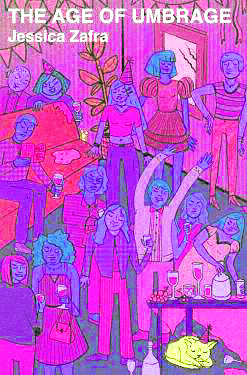
“The Age of Umbrage” by Jessica Zafra (Bughaw/Ateneo de Manila University Press). A much-awaited debut novel of popular writer Zafra, it has 15-year-old Guadalupe growing up confused, living in the servants’ quarters with her mother, the family cook in the house of one of the most affluent families in the world. She should be comfortable enough but lives a difficult life as she is misunderstood. She herself questions what her real life is. Close to the book’s end, it reads, “Her fears closed in like a shroud, winding tighter and tighter around her. She was a speck in a vast, endlessly spinning world which was mostly empty space anyway…”
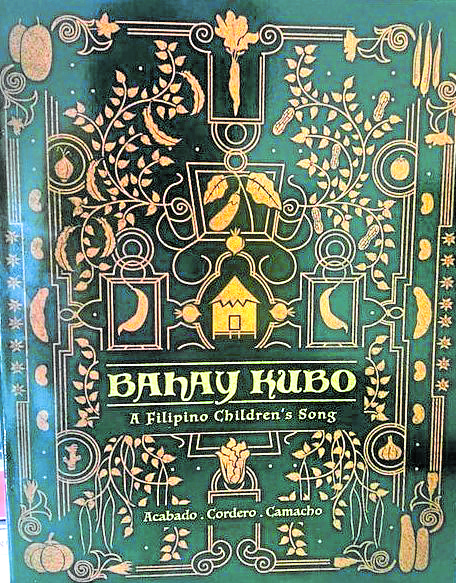
“Bahay Kubo: A Filipino Children’s Song” by Stephen Acabado, Kristian Sendon Cordero and Aldrin Camacho, illustrated by Camacho and Mavreen Anne E. Romero (Savage Mind Publishing House) goes beyond all expectations. The artwork is dramatic and haunting. This slim book reads beyond the lyrics of the song we all know, with the accompanying essays delving into anthropology and linguistics. Seriously! The vegetables in the song point to borrowed names and foreign connections from the Manila-Acapulco galleon trade.
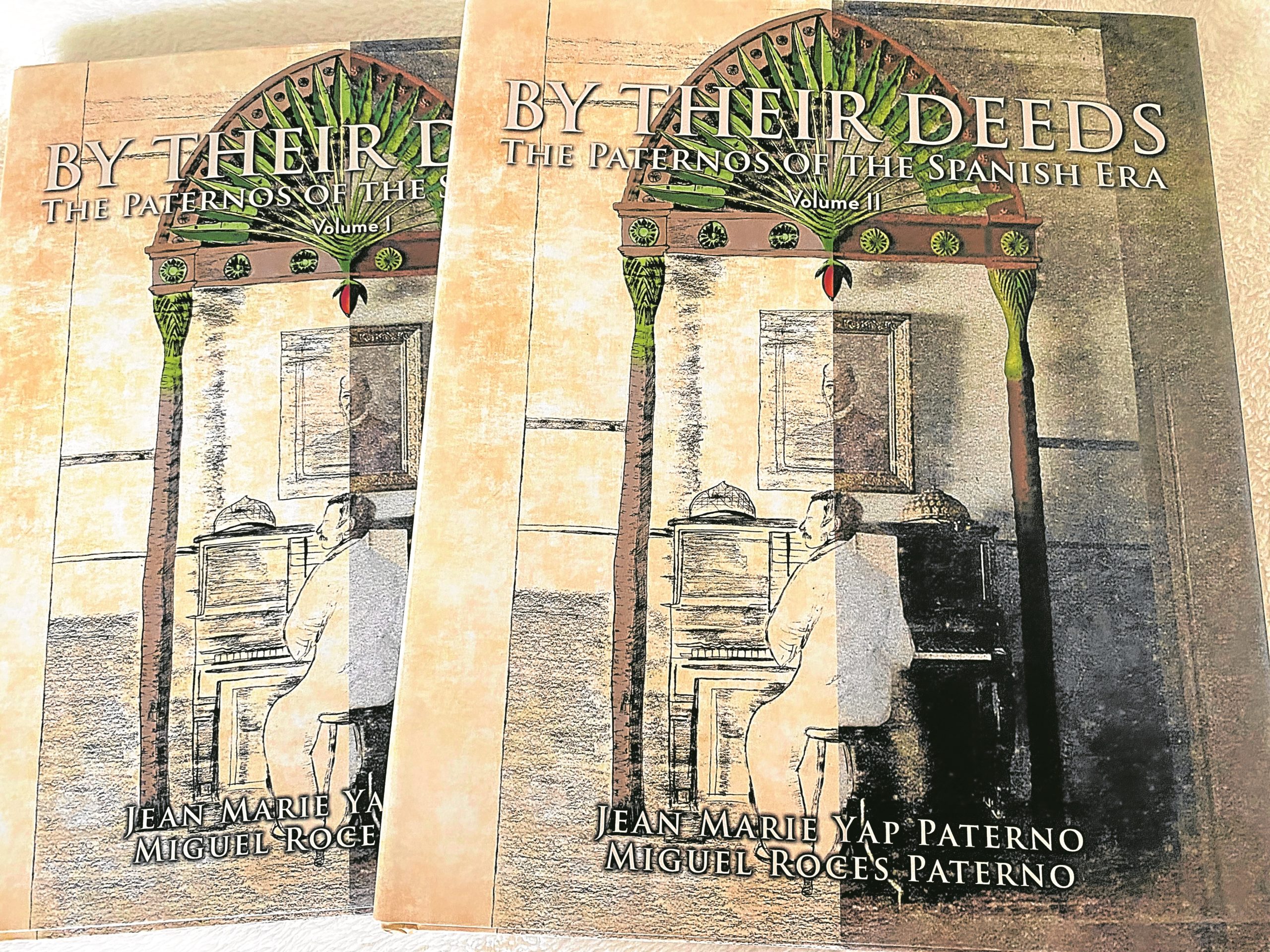
“By Their Deeds: The Paternos of the Spanish Era Vols. 1 & 2” by Jean Marie Yap Paterno and Miguel Roces Paterno (Reyes Publishing). This is a monumental family legacy project of two coffee table-size books which trace the origin and growth of a clan that began with the Chinese migrant Ming Mong Lo trying his luck in Las Yslas Filipinas. Its handsomely designed two volumes trace three generations of Paternos. It is a rich trove of primary sources which were fortunately spared the ravages of war—an inspiration for this project and the desire to honor the efforts and contributions of Paterno ancestors.
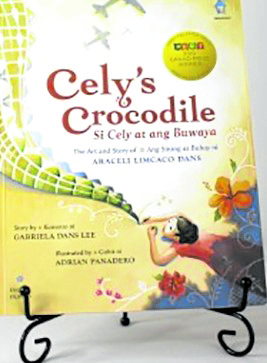
“Cely’s Crocodile: The Art and Story of Araceli Limcaco Dans” by Gabriela Dans Lee, illustrated by Adrian Panadero (Tahanan Books for Young Readers) allows the readers to journey with the artist from childhood to her early years as an artist earning enough to help with family bills and put herself through school. It is a graceful and elegant biography that captures the essence of the artist and her art. From the day she was awed by the beauty of the crocodile her father had placed in their swimming pool, she began to see and appreciate the beauty around her: intricate lace shawls, gumamela in the garden, the face of a GI soldier after the war. This story was the 2019 Philippine Board on Books for Young People-Salanga winner.
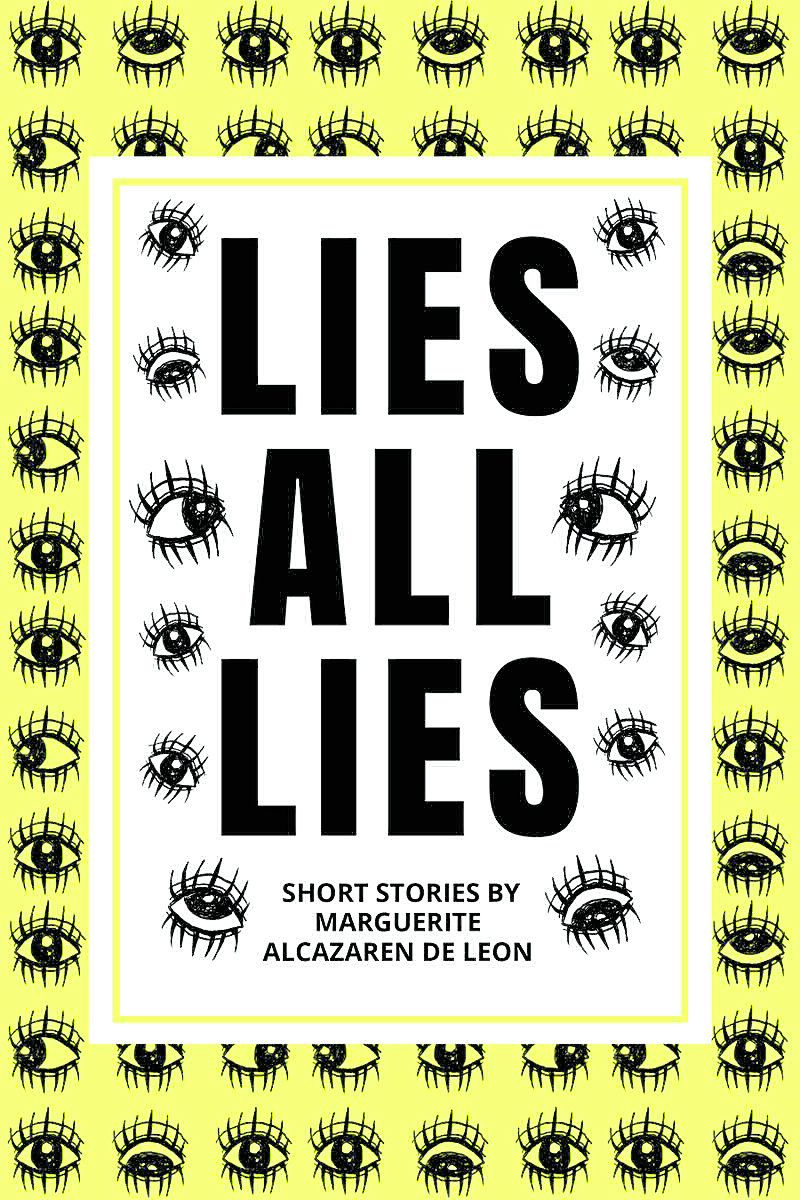
“Lies All Lies” by Marguerite Alcazaren de Leon is a collection of 11 self-published stories which follows her first book, “People in Panic.” Her short introduction gives valuable advice to the young writer. This, she says, is “a collection I wouldn’t have been able to write when I was younger, which really proved to me that you can’t rush your work, that you need to let yourself breathe and live through years of good and bad, and that you shouldn’t feel hounded by other people’s expectations…”
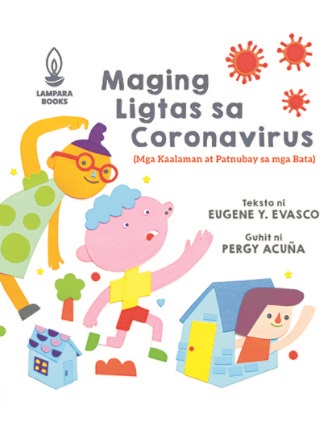
“Maging Ligtas sa Coronavirus” by Eugene Y. Evasco, illustrated by Pergy Acuña (Lampara Publishing House Inc.) may be considered truly representative of 2020, as it discusses valuable information for children about this unseen mysterious and vicious virus that scientists are just beginning to know better. The complex topic has been simplified in bite-size sections for easy and painless reading. It is a welcome and playful touch to have the illustrations done in colorful cutouts. Oh, if only our textbooks were similarly attractive and engaging.
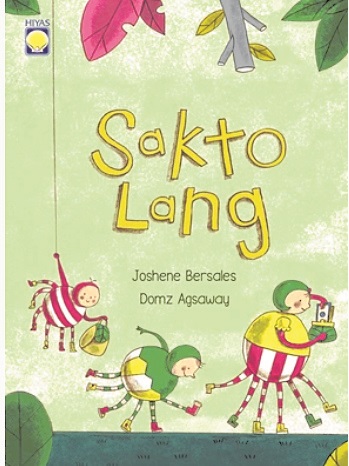
“Sakto Lang (Just Enough)” by Joshene Bersales, illustrated by Domz Agsaway (OMF Literature Inc.) is an excellent example of a successful story written tightly, with just the right number of words. It is a familiar scenario in Philippine homes as a school year begins with the mother telling her two children she only has enough money for a school bag, a notebook, a pair of shoes. Kuya and Bunso sound natural as they try to make the situation easier by taking only what each one needs. A funny dilemma is, a pair of shoes for these insect characters with six feet? An expected pat ending is the family hugging and kissing. The insects render a playful tone and so does the final line, and they tickled their mother. This is part of the Room to Read collection of 20 titles.
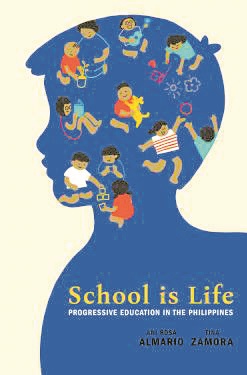
“School is Life: Progressive Education in the Philippines” by Ani Rosa Almario and Tina Zamora (Bughaw/Ateneo de Manila University Press) is especially relevant these days with the growing concern about basic education in the country, in the light of our students’ dismal performance in international assessments for both high school and elementary students. All 19 authors are acknowledged to be proponents of nontraditional education in the country and comprise of school administrators, teachers, parents, students. What surfaces in their accounts is the joy of learning and teaching that they have with their students. School is life, school is fun.
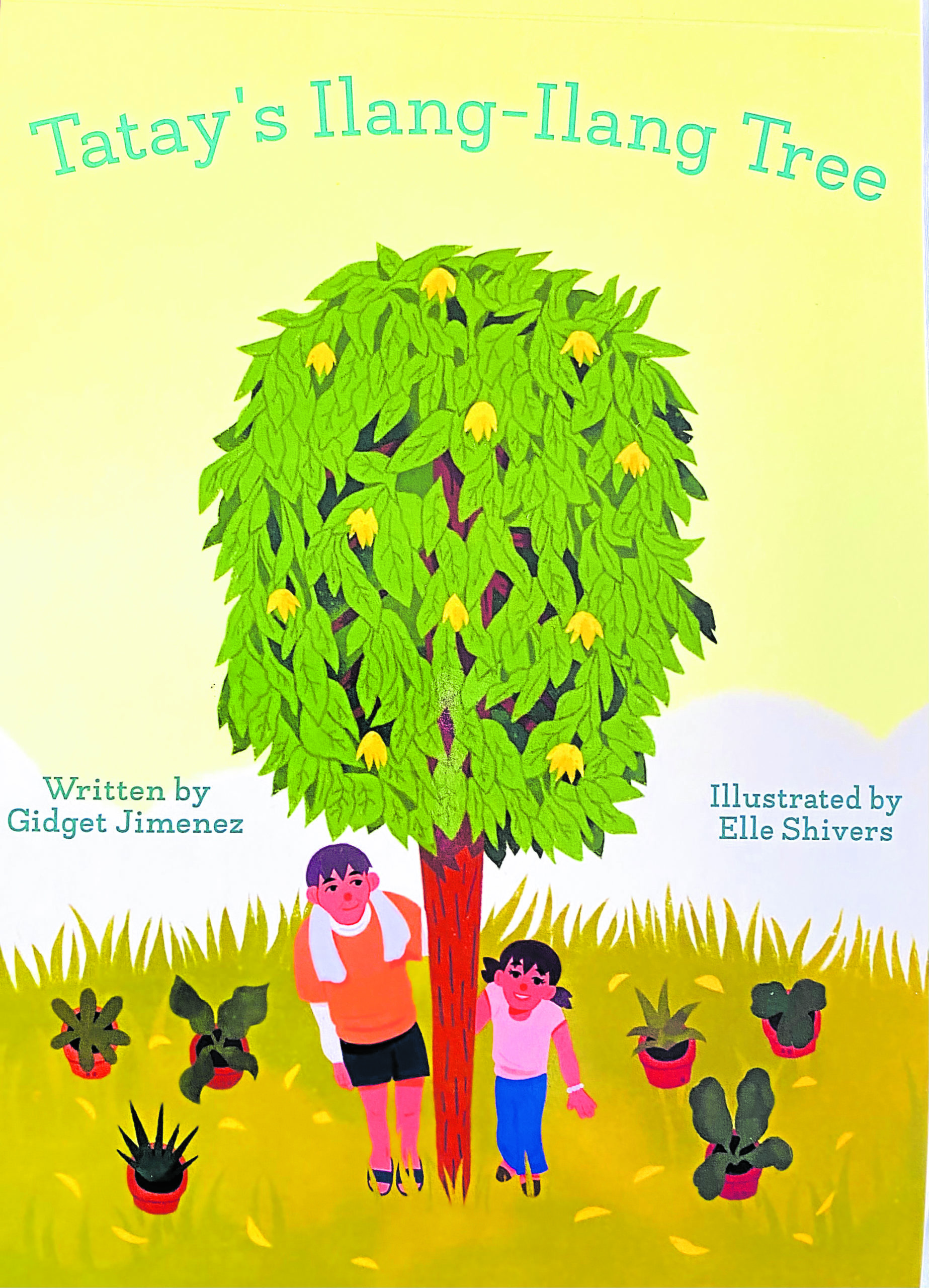
“Tatay’s Ilang-Ilang Tree” by Gidget Jimenez, illustrated by Elle Shivers (Green Convergence for Safe Food, Healthy Environment and Sustainable Economy and Environmental Studies Institute, Miriam College) is a charming story describing how the narrator’s gardener father taught her to talk to trees just as his own father had taught him, too. He gave her good advice: Trees need some sun, water and much talking to. In time, the narrator discovers a special relationship with the ilang-ilang tree, “… I was no longer alone. I was with his ilang-ilang.” The detail about the father working in the Big House is an interesting one as it quite incidentally portrays the social classes of our society. Because her father cared for the ilang-ilang tree, “We could smell the perfume of its gratitude for many years.” This is one of five books highlighting Philippine trees, all inspired by essays written in the important volumes, “Philippine Native Trees: Up Close and Personal.”

“Tiempo Muerto” by Caroline Hau (Bughaw/Ateneo de Manila University Press) is the first novel of respected scholar and fictionist Hau. It is the story of two women who are back on the island where they shared a childhood. The storyline is gripping as the reader follows the lives and the fates of Racel, the overseas Filipino worker, and Lia, the heiress of the balay daku, and its many secrets. Racel recalls that as a child, “I once asked my mother why she didn’t couldn’t wouldn’t leave the balay daku to live with us….” Lia returning to the balay daku, “told herself that there were no monsters in the house, only the comings and goings of strangers.”

“Unang Dalaw: First Period” by Luis P. Gatmaitan, illustrated by Hulyen (OMF Literature Inc.) is a helpful book of 12 chapters for young girls who are typically fearful, baffled and uncertain about what the menstrual period is all about. Old wives’ tales about not taking a bath or not eating anything sour on those days are touched upon. And the familiar names used to refer to the period—period, visitor—are mentioned in the introduction, before the experiences of Bianca and Sofia are narrated. It is a clever choice of a title for this informative text which answers all the questions about menstruation in a dignified scientific manner. And who is a better authority to tackle this sensitive topic than a pediatrician like Gatmaitan?
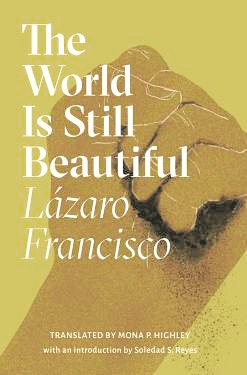
Beautiful”
“The World Is Still Beautiful” by Lázaro Francisco, translated by Mona P. Highley (Bughaw/Ateneo de Manila University Press). Francisco, posthumously recognized as National Artist for Literature, is recognized as a landmark novelist in Philippine literature for his social realistic fiction. His Tagalog novels gained a large following in Liwayway Magazine where they were serialized and eagerly awaited weekly. This first translation into English of one of his novels has become necessary to make Francisco known to a wider audience. He was a writer ahead of his times, writing in the 1950s about the disparities in society with the exploited farmers having to contend with profit-oriented landowners. —CONTRIBUTED











































